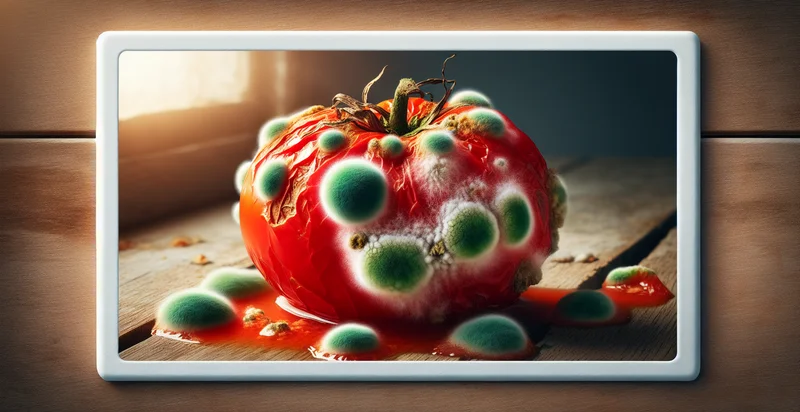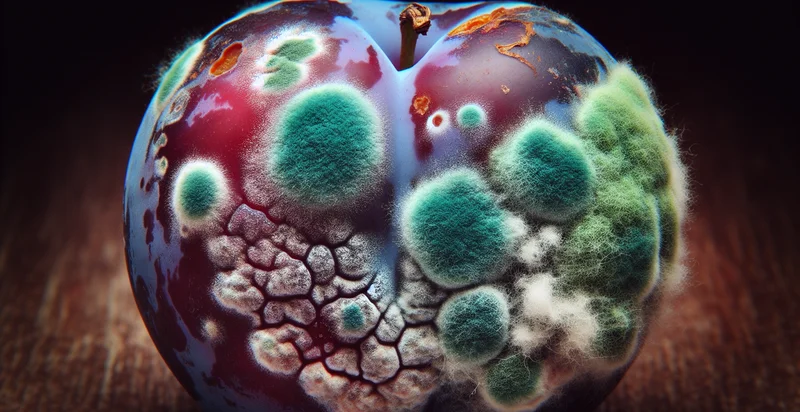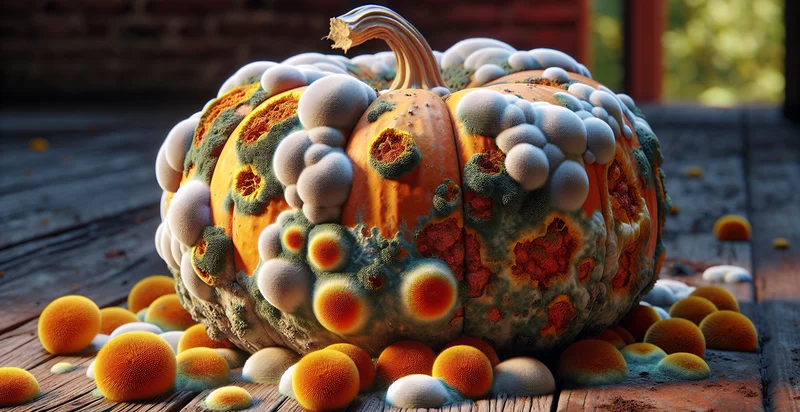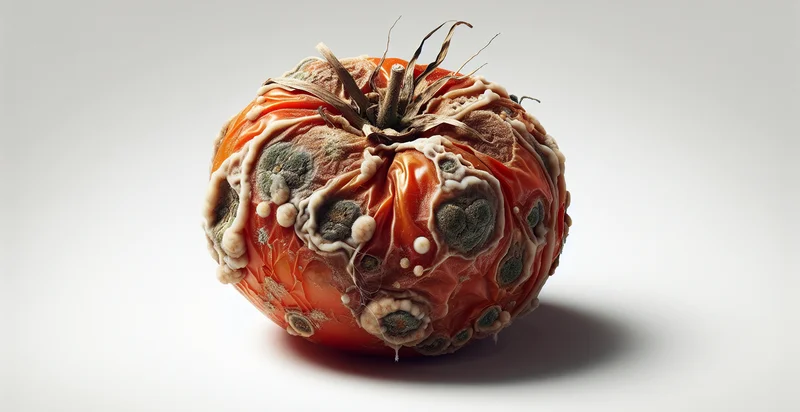Identify if tomato is moldy
using AI
Below is a free classifier to identify if tomato is moldy. Just upload your image, and our AI will predict if the tomato is moldy - in just seconds.

Contact us for API access
Or, use Nyckel to build highly-accurate custom classifiers in just minutes. No PhD required.
Get started
import nyckel
credentials = nyckel.Credentials("YOUR_CLIENT_ID", "YOUR_CLIENT_SECRET")
nyckel.invoke("if-tomato-is-moldy", "your_image_url", credentials)
fetch('https://www.nyckel.com/v1/functions/if-tomato-is-moldy/invoke', {
method: 'POST',
headers: {
'Authorization': 'Bearer ' + 'YOUR_BEARER_TOKEN',
'Content-Type': 'application/json',
},
body: JSON.stringify(
{"data": "your_image_url"}
)
})
.then(response => response.json())
.then(data => console.log(data));
curl -X POST \
-H "Content-Type: application/json" \
-H "Authorization: Bearer YOUR_BEARER_TOKEN" \
-d '{"data": "your_image_url"}' \
https://www.nyckel.com/v1/functions/if-tomato-is-moldy/invoke
How this classifier works
To start, upload your image. Our AI tool will then predict if the tomato is moldy.
This pretrained image model uses a Nyckel-created dataset and has 2 labels, including Fresh Tomato and Moldy Tomato.
We'll also show a confidence score (the higher the number, the more confident the AI model is around if the tomato is moldy).
Whether you're just curious or building if tomato is moldy detection into your application, we hope our classifier proves helpful.
Related Classifiers
Need to identify if tomato is moldy at scale?
Get API or Zapier access to this classifier for free. It's perfect for:
- Quality Control in Agriculture: This use case involves integrating the moldy tomato identifier into farms' quality control systems. By automatically identifying moldy tomatoes during harvest, farmers can improve the overall quality of their produce and reduce post-harvest losses.
- Food Safety Compliance: Restaurants and food distributors can utilize this function to ensure compliance with food safety regulations. By swiftly identifying moldy tomatoes in bulk shipments, they can minimize the risk of serving spoiled produce, protecting both customer health and their brand reputation.
- Smart Grocery Inventory Management: Grocery stores can implement this technology to monitor the freshness of their tomato inventory. The system can automatically flag moldy tomatoes, prompting timely removal and reducing waste due to spoilage.
- E-commerce Quality Assurance: Online grocery platforms can use this identifier to enhance their quality assurance processes. By ensuring that only fresh, mold-free tomatoes are delivered to customers, they improve satisfaction and reduce the rate of returns or complaints.
- Supply Chain Optimization: Distributors can integrate the mold detection technology to streamline their supply chain processes. By identifying moldy tomatoes at various stages of shipment, they can optimize handling and reduce costs associated with returns and waste.
- Consumer Education and Empowerment: This function can be used in mobile apps that educate consumers about identifying moldy tomatoes. By providing users with the ability to photograph their tomatoes and receive instant feedback, it empowers them to make healthier food choices.
- Agritech Development: Startups specializing in agricultural technology can develop advanced solutions incorporating this moldy tomato identifier. The function can serve as a crucial component for developing AI-driven agricultural management systems that promote healthier crop yields and reduce post-harvest waste.


